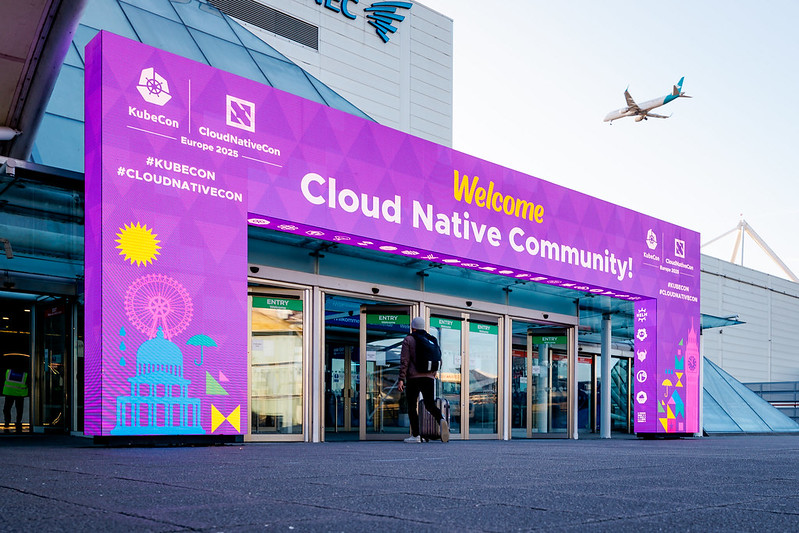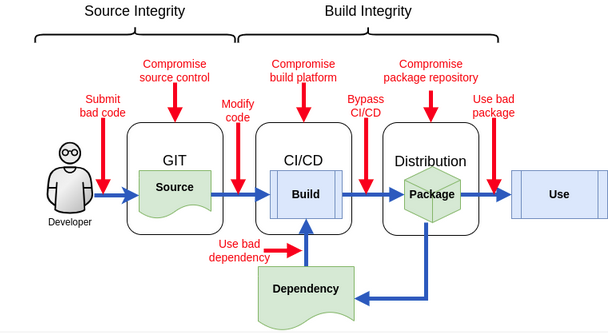A Report about the Visit of KubeCon + CloudNativeCon Europe 2025


A Report about the Visit of KubeCon + CloudNativeCon Europe 2025

I’ve been with Red Hat since 2019 as a Solution Architect. I started in the area of IT in 2001 only to experience, just 2 years later, that we can use ONE physical server to deploy MANY Operating Systems! At that time we deployed our very first VMware vSphere cluster in a medium-sized company in Trier, […]

A Guide to Seamless Connectivity in OpenShift and OKD In today’s rapidly evolving technological landscape, the integration of complex architectures into our systems is becoming more prevalent than ever. One of these challenges is to consolidate a multi-cloud architecture into a true hybrid cloud one. In this blog post we will delve into the motivations, solutions, and considerations […]

Abstract As technology rapidly advances and organizations expand, a diverse array of tools and infrastructures are being integrated into our IT ecosystems. This growth presents challenges in managing service complexity, increasing the risk of fragmentation and reduced reliability. Internal Developer Platforms (IDPs), such as the open-source Backstage, provide a solution by offering a unified layer […]

This blog elaborates on how to discover issues before they occur and have a quicker root cause detection.
React on exception right away in an automated fashion. And with that reduce operational costs and enable faster delivery and MTRS time.

This article shows how MuleSoft’s Runtime Fabric (RTF) deployed to Red Hat OpenShift delivers a modern containerized API solution.

What is Software Supply Chain Security ? In this day and age most of us are looking for trust and security. This is also true for our IT infrastructure as challenges from the outside grow more and more dangerous to the continuation of undisturbed business. Attacks on the IT infrastructure of companies not only rise […]

By Robert Baumgartner, Red Hat Austria, February 2023 (OpenShift 4.12) In this blog I will guide you on how to use service performance monitoring (SPM) with Jaeger. It should work with any application that is working with OpenTelemetry. This document is based on OpenShift 4.12. See Distributed tracing release notes. OpenShift distributed tracing platform Operator […]

Node Base Images are OCI container images that are used to deliver software updates and customizations to rpm-ostree based Linux systems running on bare metal and virtual machines, such as Fedora CoreOS, Fedora IoT, Fedora Silverblue, CentOS Stream CoreOS, RHEL CoreOS, and RHEL for Edge. Node Base Images are built with OSTree Native Containers. While application […]

Overview What steps can we take to establish trust in our Software Supply Chain and ensure that our software can be traced back to its origin without introducing malicious code or dependencies? Moreover, how can we integrate Open Source tools to enhance the security of our Software Supply Chain’s lifecycle? As we explained in our […]